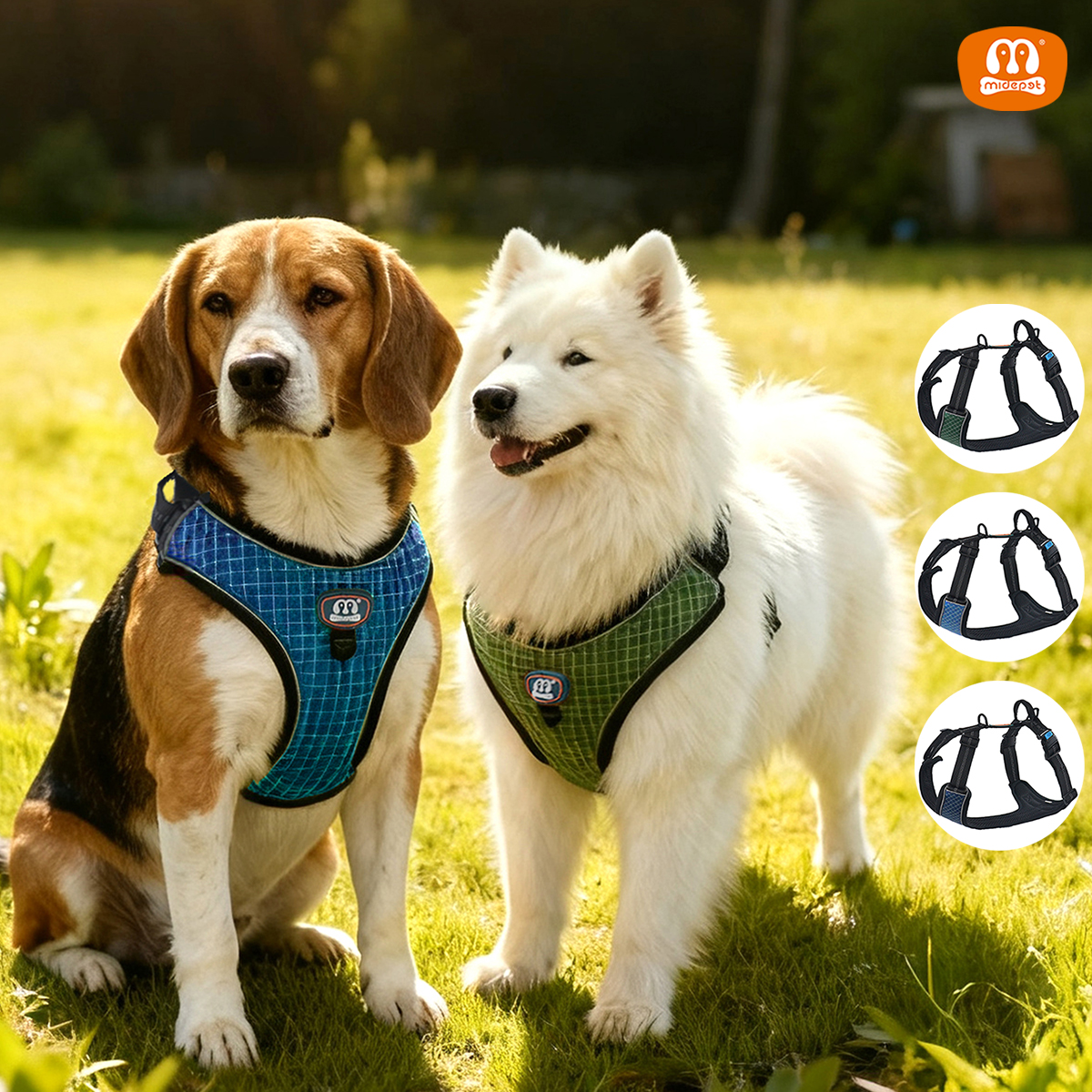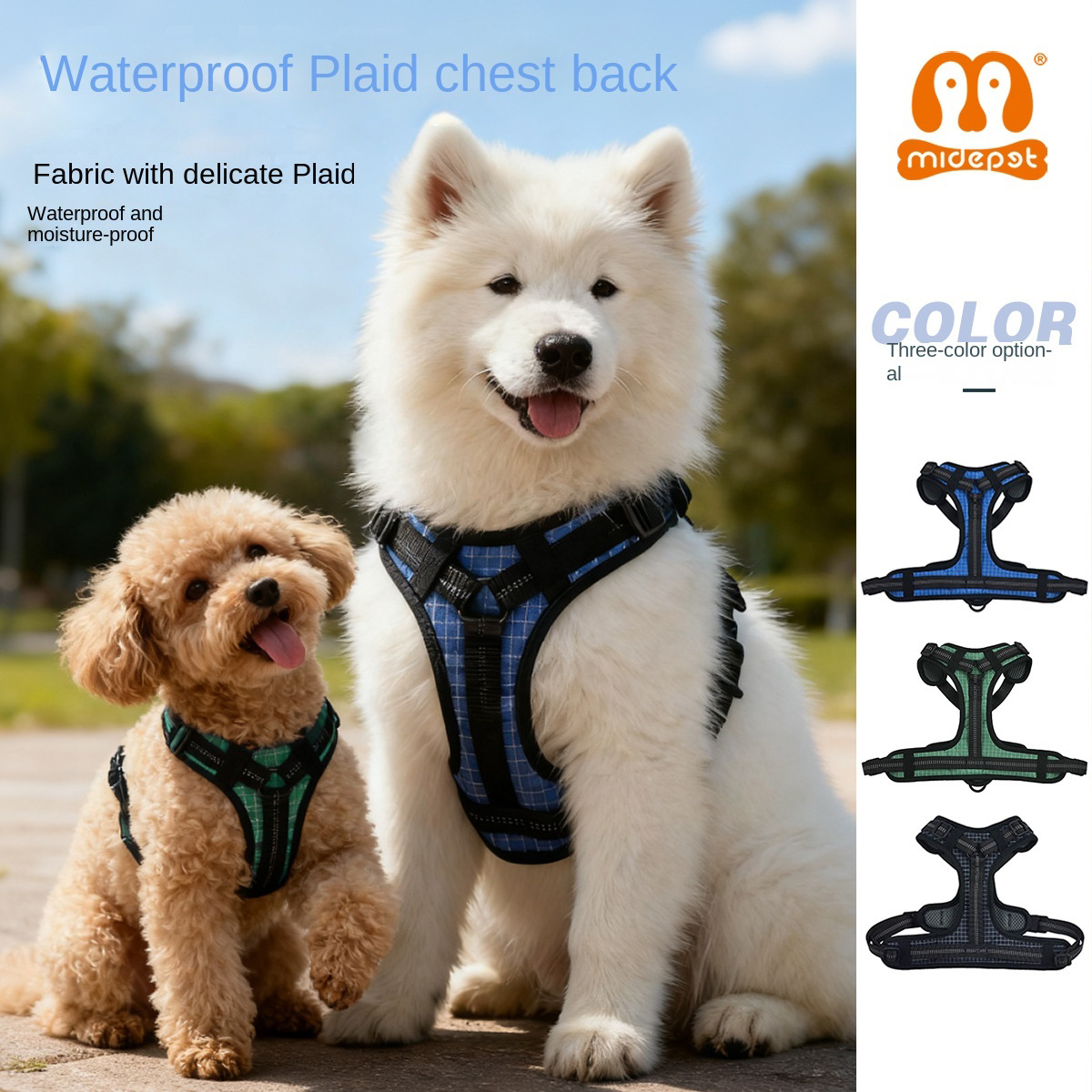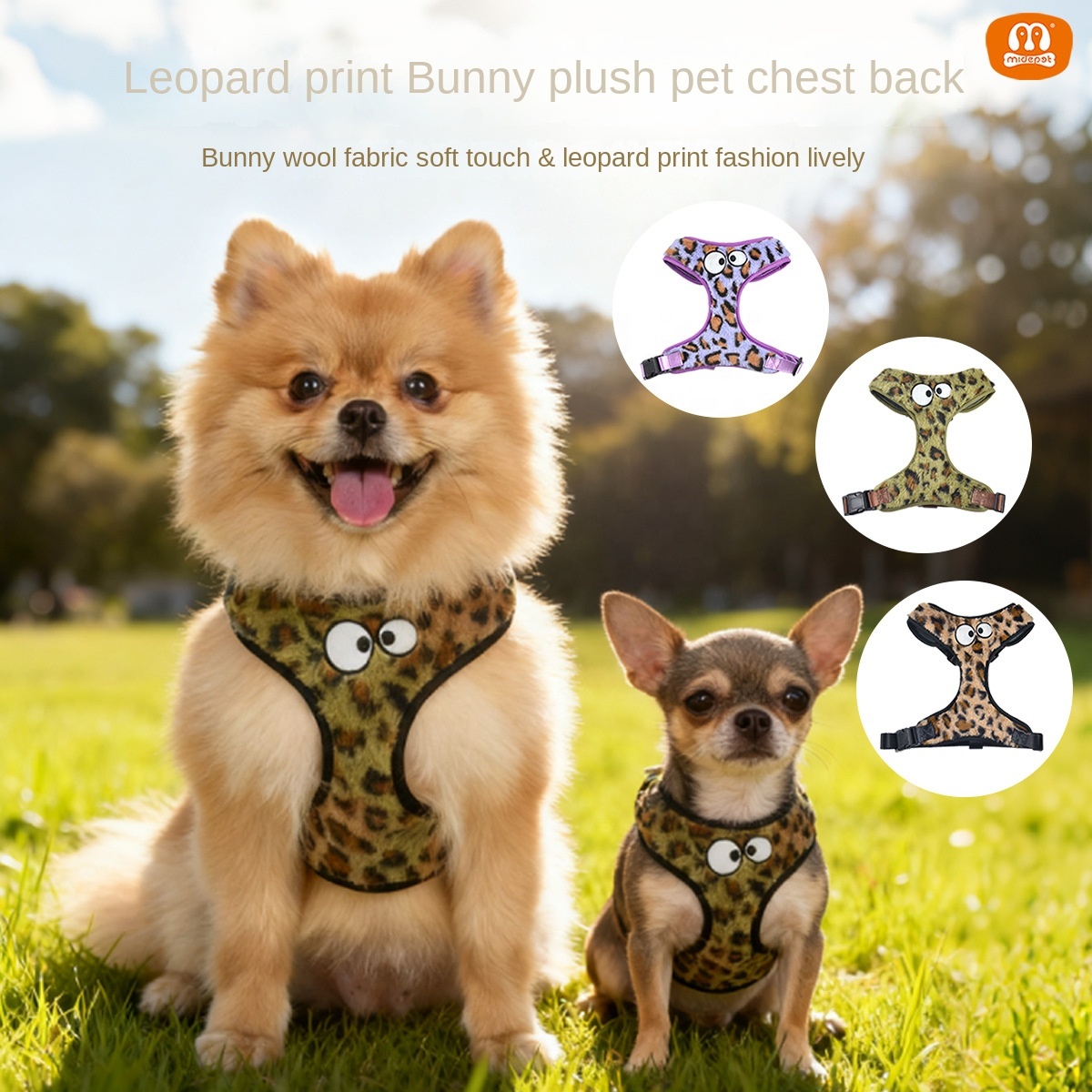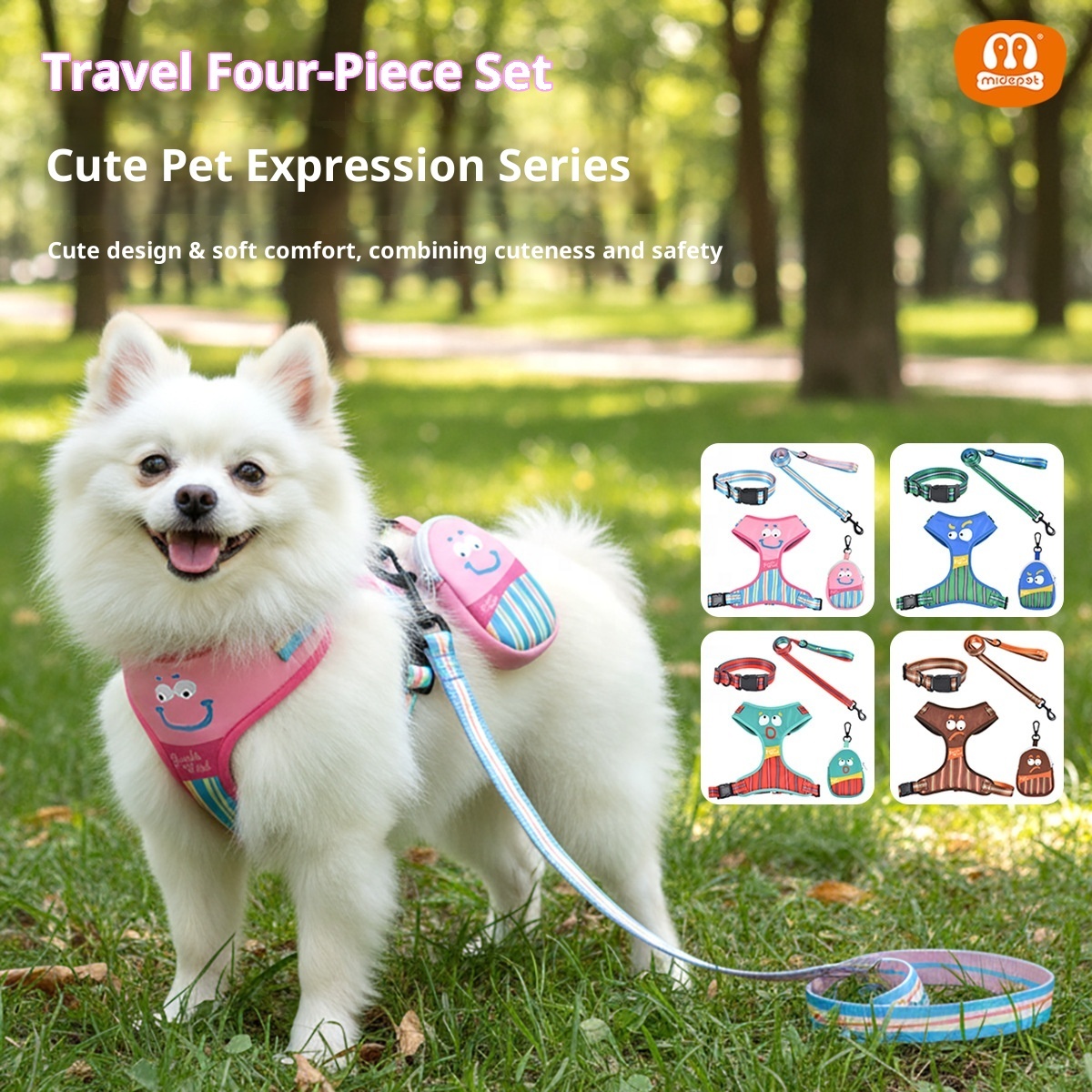Puppy Training Schedule by Age
Ultimate Puppy Training Guide: Schedule, Tips, and Gear
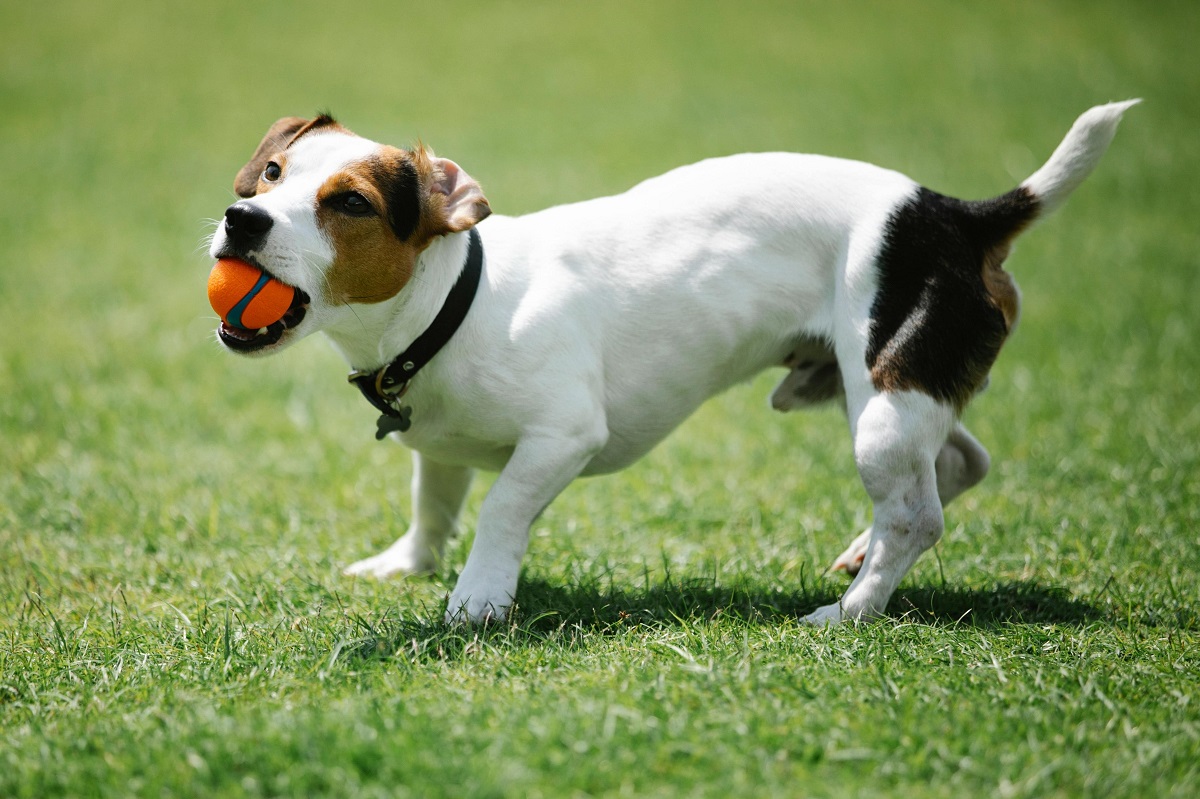
Training a puppy is a rewarding journey that shapes your furry friend into a well-behaved, obedient companion. Establishing a training routine not only helps teach good manners but also builds a strong bond between you and your puppy. This ultimate guide will provide you with a comprehensive puppy training schedule by age, a daily routine, puppy training classes, obedience tips, and essential training gear.
Introduction
Puppy training is an essential part of helping your furry companion grow into a well-mannered adult dog. Early training can prevent unwanted behaviors and make your puppy a joy to be around. Whether it's learning basic commands like "sit" or participating in puppy training classes, every step contributes to raising a happy and obedient dog.
Puppy Training Schedule by Age
8-12 Weeks: Early Socialization and Basic Training
From 8 to 12 weeks old, your puppy is in the critical socialization period. During this stage, it is essential to expose your puppy to different people, environments, and situations. This exposure helps prevent fear and aggression in the future. Basic commands like "sit" and "come" can be introduced at this age, using positive reinforcement with treats and praise.
Socialization is key during this period. Allow your puppy to meet other dogs and people, ensuring the experiences are positive. You can also introduce crate training at this stage to help with housebreaking and provide a sense of security.
3-6 Months: Basic Commands and Behavior Management
Between 3 and 6 months, you can begin working on more consistent behavior management. Potty training should be a priority at this age, as well as reinforcing basic obedience commands like "sit," "stay," and "down." At this stage, puppies are more capable of understanding routine and structure.
Training sessions should be short but frequent, typically around 5-10 minutes at a time. Puppies have limited attention spans, so keeping training fun and engaging is crucial. Additionally, you can start leash training your puppy during this time, which is essential for safe walks.
6 Months and Older: Advanced Training and Reinforcement
When your puppy reaches 6 months, it's time to introduce more advanced commands and reinforce what they've already learned. Commands like "leave it" and "heel" can be practiced to help manage behavior in more stimulating environments.
Reinforcement is key—practicing learned commands in different settings helps ensure your dog will obey regardless of distractions. At this age, you can also introduce agility exercises to help keep your puppy engaged both mentally and physically.
Puppy Daily Schedule
A consistent daily schedule helps provide structure and predictability, which is crucial for puppies. Here’s an example of a typical day for a puppy:
· Morning: Start the day with a potty break, followed by a short training session that includes commands like "sit" and "stay." Afterward, give your puppy breakfast.
· Mid-Morning: A play session can help burn off some energy. Use interactive toys that challenge their mind.
· Noon: A potty break followed by lunch. Keep meal times consistent to help with potty training.
· Afternoon: Take your puppy for a walk and continue leash training. This is also a good time for another brief training session.
· Evening: Dinner followed by another potty break. End the day with a quiet play session and a final walk to tire them out before bedtime.
Providing structure and ensuring your puppy has enough mental and physical stimulation is crucial for their development.
Puppy Training Classes
Puppy training classes are an excellent way to ensure your puppy is properly socialized and trained. Classes usually cover basic obedience training, socialization, and behavior correction techniques.
· Puppy Socialization Classes: These classes allow puppies to interact with other dogs and people in a controlled environment, which is crucial for developing positive social skills.
· Puppy Obedience Training Classes: In these classes, puppies learn basic commands and manners. Obedience classes help establish the foundation for more advanced training in the future.
The best time to start puppy training classes is between 8 to 12 weeks. This window allows puppies to get used to training while their learning capacity is at its peak.
Importance of Puppy Obedience Training
Puppy obedience training is essential for ensuring your puppy knows how to behave in various situations. This not only keeps them safe but also helps you maintain control, especially in challenging environments.
Teaching your puppy commands like "sit," "stay," "come," and "down" provides them with structure and makes daily interactions more manageable. Consistent obedience training also prevents unwanted behaviors such as jumping on guests or excessive barking.
How to Teach a Puppy to Sit
Teaching your puppy how to "sit" is one of the first commands most owners work on because it is simple and foundational. Here is a step-by-step guide to how to teach a puppy to sit:
1. Hold a Treat: Take a small, tasty treat that your puppy likes and hold it near their nose.
2. Move the Treat Up: Slowly move the treat over their head. As their nose follows the treat, their bottom will naturally lower to the ground.
3. Give the Command: Once your puppy's bottom hits the floor, say "sit" clearly, and then give them the treat.
4. Reinforce the Behavior: Praise your puppy and repeat the training in short sessions. Puppies respond well to positive reinforcement, so give lots of praise when they get it right.
It's also important to be patient. If your puppy doesn't understand right away, keep trying without forcing them.
When to Start Training a Puppy
The best time to start training a puppy is as early as 8 weeks. Puppies are very receptive to learning during their early weeks, and establishing good habits early on is key to preventing future behavior problems.
Training at this young age should focus on socialization, basic commands, and housebreaking. Each stage of puppyhood comes with its unique training needs, and it’s important to adjust your training approach as your puppy grows.
Dog Training Tips
Training a puppy can be challenging, but here are somedog training tips to help make the process easier:
· Be Consistent: Consistency is crucial for effective training. Use the same commands and reinforce the same behaviors every time.
· Use Positive Reinforcement: Reward your puppy with treats, praise, or playtime when they do something correctly. Positive reinforcement is the most effective way to teach and encourage good behavior.
· Keep Training Sessions Short: Puppies have short attention spans, so keep sessions to about 5-10 minutes.
· Avoid Punishment: Never punish your puppy for making a mistake. Instead, redirect their behavior to something positive and reward them when they get it right.
Common challenges include excessive barking or separation anxiety. Address these issues by identifying triggers and gradually desensitizing your puppy to those triggers.
Dog Training Gear Recommendations
Having the right dog training gear makes the process smoother and more effective. Here’s a look at some essential and advanced training tools:
· Basic Equipment:
o Collar and Leash: A properly fitted collar and a sturdy leash are fundamental for training and daily walks.
o Harness: A harness can provide better control, especially for puppies that tend to pull during walks.
o Training Treats: High-value treats are a must for rewarding good behavior during training.
· Advanced Training Tools:
o Clicker: A training clicker can be used to mark desirable behavior. Clicker training is effective because it provides a clear signal that the puppy has done something right.
o Crate: A crate is not only useful for housebreaking but also serves as a safe space for your puppy.
o Training Vest: This can help during walks to keep your puppy focused and identify them as a dog in training.
How to Choose the Right Gear: Consider your puppy’s individual needs. For example, if your puppy tends to pull, a no-pull harness may be helpful. If they are easily distracted, using a clicker might improve focus during training sessions.
Conclusion
Training a puppy takes time, consistency, and patience. The key to success is to start early, follow a structured schedule, and use positive reinforcement. Puppy obedience training lays the foundation for a happy and well-behaved dog, making life easier for both the pet and the owner.
By following the suggested puppy training schedule, using helpful dog training tips, and choosing the right dog training gear, you are setting your puppy up for lifelong success. Remember, a well-trained puppy grows into a well-behaved adult dog, and the time you invest in training today will pay off in the years to come.
Frequently Asked Questions (FAQ)
How can I prevent my puppy from biting?
Puppies bite as part of their teething process. Redirect biting to appropriate chew toys, and if they bite during play, stop the interaction to show that biting ends the fun.
How long does it take to see results from training?
It depends on consistency and the individual puppy. Some puppies grasp commands within days, while others take weeks. Generally, you should start seeing noticeable progress within a few weeks of consistent training.
What kind of rewards can I use to motivate my puppy?
Treats, verbal praise, and playtime are great rewards. Find out what motivates your puppy the most—some prefer treats, while others may enjoy a game of fetch as a reward.



